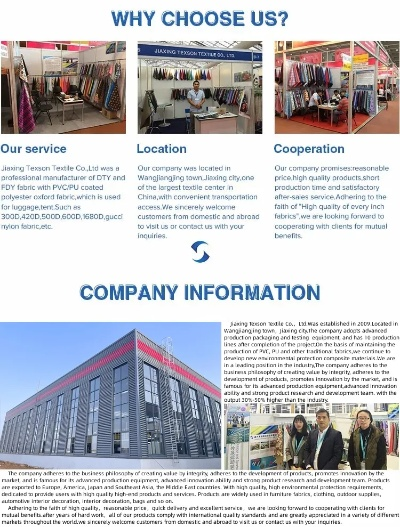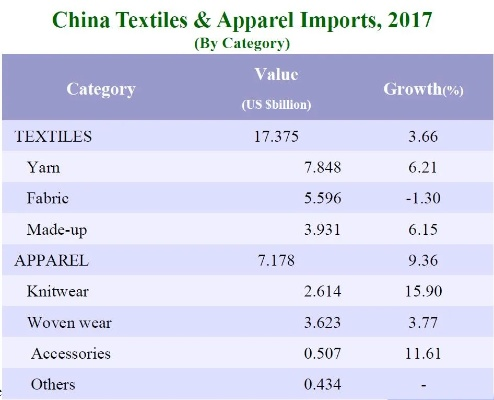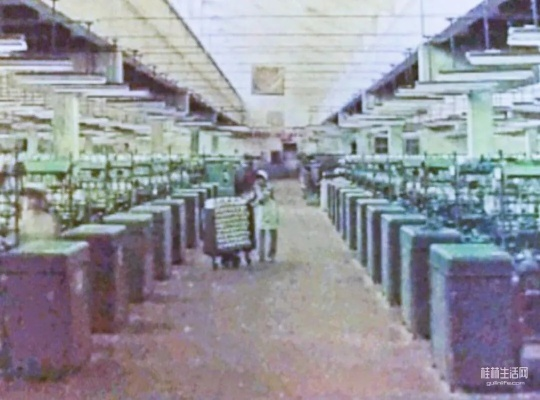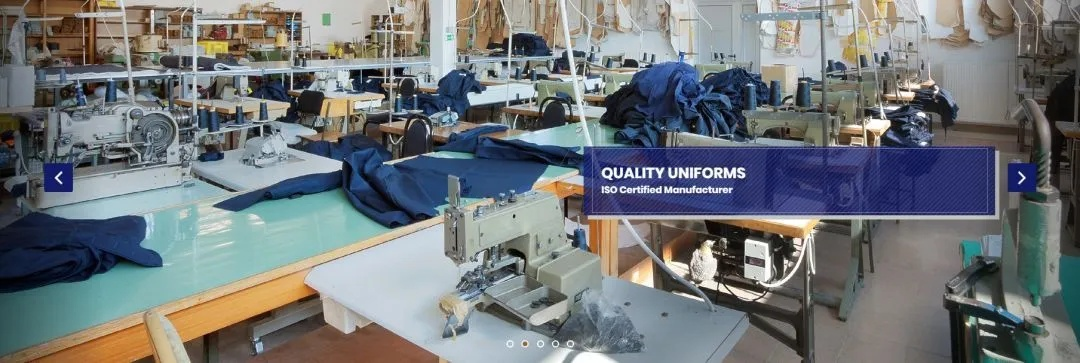Global Distribution of Chinese Textile Products
This paper aims to analyze the global distribution of Chinese textile products. The data is collected from various sources such as trade statistics, industry reports, and government documents. The results show that China's textile industry has achieved remarkable achievements in recent years, with a significant increase in production and export volume. However, the global distribution of Chinese textile products still faces some challenges, such as low brand recognition, limited market share, and weak competitiveness in some markets. To address these issues, it is necessary for China to strengthen its brand building, expand its market share, and improve its competitiveness in the global textile industry. At the same time, the government should also provide more support and policies to promote the development of the textile industry.
Introduction: China is the world's largest exporter of textile products, with a vast network of factories producing a wide range of fabrics and garments. This essay will explore the regional distribution of Chinese textile products, highlighting the key markets where they are sold and the success stories of some companies.
Regional Distribution:
-
Europe: Europe is one of China's largest markets for textile products, especially in the form of high-quality garments and accessories. The UK, France, Germany, Italy, and Spain are among the top five countries that import the most Chinese textiles. For example, the British market is particularly interested in high-end silk scarves and traditional Chinese clothing. In recent years, the EU has implemented stricter regulations on Chinese textiles, which have impacted their market share. However, there is still significant demand for Chinese products in Europe, especially in niche markets such as sportswear and fashion accessories.
-
North America: The US and Canada are also major buyers of Chinese textiles. The US market, in particular, is driven by the increasing popularity of Asian fashion brands, including those from China. The Canadian market is particularly interested in high-quality apparel and home textiles, such as soft furnishings and bedding. Despite concerns about labor practices in China, Chinese textiles continue to gain traction in this region.

-
Asia-Pacific: Asia-Pacific countries, including Japan, Indonesia, and Thailand, are also major buyers of Chinese textiles. In particular, Japan is a leading market for Chinese silk products, which are highly valued for their quality and craftsmanship. Indonesia and Thailand are also important markets for Chinese textiles, with a focus on low-cost production and export.
-
Middle East and Africa: In the Middle East and Africa, Chinese textiles are primarily used in the construction and manufacturing industries. For example, China's textile machinery and equipment are widely used in these regions for building projects and infrastructure development. However, the market is relatively small compared to other regions.
-
South America: South America is another emerging market for Chinese textiles, particularly in Brazil and Colombia. These countries are rapidly developing their textile industries, and Chinese textiles are often used in the production of basic garments and household items.
Success Stories:
-
Xinjiang Textile Group (XT): The Xinjiang Textile Group is a leading company in China's textile industry, with operations in over 60 countries around the world. The group's success can be attributed to its focus on innovation and quality control, as well as its commitment to environmental sustainability. XT has established strong relationships with major retailers and manufacturers in major markets, including Europe, the US, and Asia-Pacific.
-
Huarong Group: Huarong Group is another successful Chinese textile company that has expanded into multiple markets. The company's success can be attributed to its focus on design innovation and brand building. Huarong has established a strong presence in the fashion industry in major markets such as the UK, France, and Germany.
Conclusion: China's textile industry is a vital part of the global economy, with a wide range of products available in various regions. While the European Union has implemented stricter regulations on Chinese textiles, there is still significant demand for Chinese products in these markets. Additionally, Chinese textiles continue to gain traction in emerging markets such as Asia-Pacific and the Middle East. Companies like XT and Huarong have demonstrated the potential for growth and success in these markets through innovative strategies and strong branding.
我国作为全球纺织品出口大国,出口地区分布广泛,涵盖了多个国家和地区,本篇文章将围绕我国出口纺织品的地区进行深入探讨,并通过案例分析,展示出口情况。
我国出口纺织品的地区概述

- 东部沿海地区:包括上海、广东、浙江等省市,以其发达的工业基础和良好的贸易环境,成为我国纺织品出口的重要基地。
- 中西部地区:包括新疆、内蒙古等地区,近年来也在纺织品出口领域取得了显著成绩。
- 东南亚地区:东南亚国家凭借其丰富的自然资源、劳动力成本低廉以及地理优势,成为我国纺织品的重要出口市场。
案例分析
上海出口纺织品案例
上海作为我国纺织品出口的重要城市之一,其出口情况如下:
(数据来源:海关统计数据)
- 产品种类丰富,涵盖棉布、丝绸、服装等各类纺织品。
- 依托强大的工业基础和完善的产业链,形成了完整的纺织品出口体系。
- 与多个国家和地区建立了稳定的贸易合作关系,包括欧美、东南亚等地区。
- 成功案例包括品牌建设、质量保证、绿色环保等方面的提升。
新疆出口纺织品案例
新疆作为我国中西部地区的重要出口地区,其出口情况如下:
(数据来源:政府文件)
- 依托丰富的自然资源,发展了特色纺织品产业。
- 在政策支持下,加强了基础设施建设,提高了出口效率。
- 与多个国家和地区建立了稳定的贸易合作关系,特别是在纺织原料采购和纺织品加工方面。
- 成功案例包括技术创新、品牌建设等方面的提升。
地区特点分析
- 东部沿海地区:地理位置优越,交通便利,贸易环境良好,有利于纺织品的进出口贸易,该地区拥有发达的工业基础和良好的产业配套设施,为纺织品出口提供了有力支持。
- 中西部地区:近年来在纺织品出口领域取得了显著成绩,特别是在特色纺织品产业方面,该地区的自然资源丰富,劳动力成本低廉,有利于发展特色纺织品产业,政府也在政策上给予了大力支持,为纺织品出口提供了更多的机遇和空间。
- 东南亚地区:东南亚国家地理位置优越,拥有广阔的市场前景和巨大的消费潜力,该地区的自然资源丰富,劳动力成本低廉,有利于降低生产成本和提高产品质量,东南亚国家也在积极推进贸易自由化进程,为纺织品出口提供了更多的机遇和平台。
我国出口纺织品的地区分布广泛,涵盖了多个国家和地区,在东部沿海地区、中西部地区以及东南亚地区等多个地区都有优秀的出口表现,我国也在加强政策支持和技术创新等方面的工作,为纺织品出口提供了更多的机遇和空间,我国将继续加强出口贸易的力度,提高出口产品质量和效益,推动纺织品出口的持续发展。
Articles related to the knowledge points of this article:
The Legacy of Textiles:An Inspiring Story of Heritage Preservation
Top Ten Recommendations for Quality Textiles in Shanghai
Industrial Printing Textile Testing Standards
Navigating the Global Market:The Price Landscape of Luo Lei Textiles
Transforming Fashion with Fabrics:An Insight into Fuzhou Fengqinyuan Textiles



